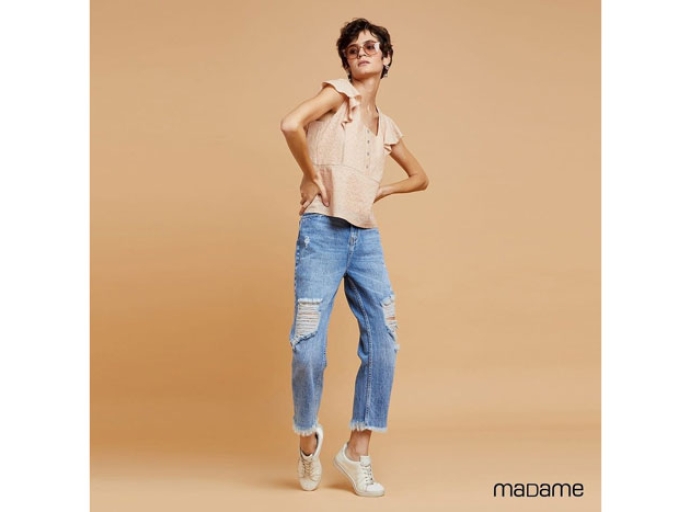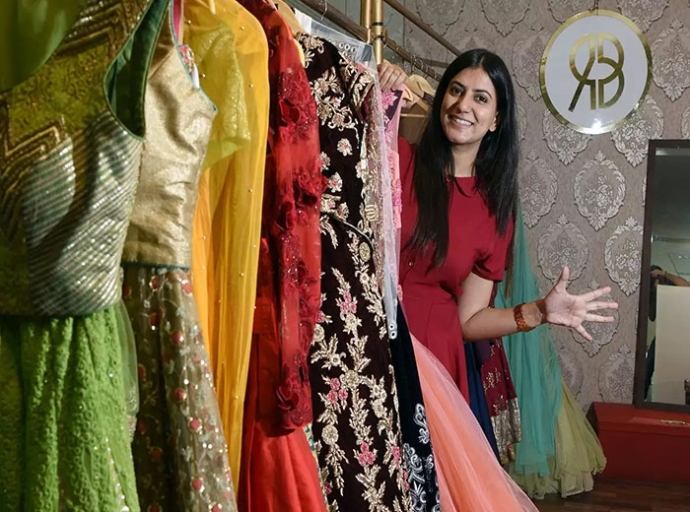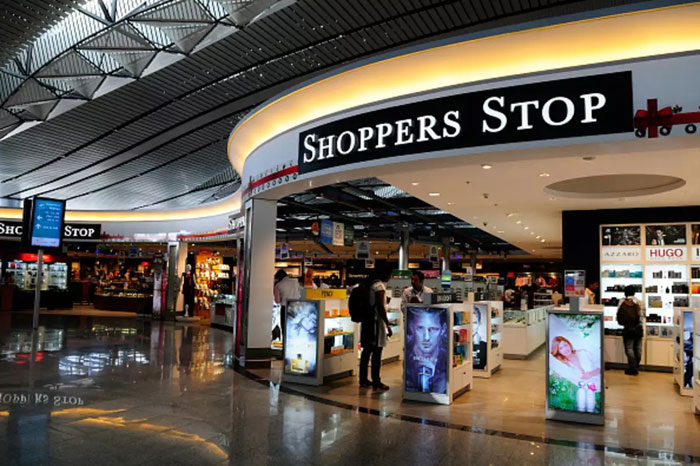28 December 2021, Mumbai:
Shares of Gokaldas Exports rallied 9 per cent to Rs 338.10, hitting a multi-year high on the BSE in Tuesday’s intra-day trade after rating agency ICRA upgraded the company's long-term rating for Line of Credit (LOC) amounting to Rs 425 crore to [ICRA] A- (positive) from [ICRA]BBB (stable).
The outlook has been revised to positive from stable. Further, ICRA has upgraded the short-term rating for the LOC to [ICRA] A2+ from [ICRA] A3+.
The stock of the textiles company was trading at its highest level since September, 2006. It had hit an all-time high of Rs 405 in May 2006. In the past three months, it has zoomed 78 per cent, as compared to a 3 per cent decline in the S&P BSE Sensex. In October, Gokaldas Exports had raised Rs 300 crore by issuing shares at a price of Rs 194.50 per share.
ICRA said that the ratings upgrade and revision in outlook to positive reflect the expected strong performance of Gokaldas Exports in the coming quarters on the back of its established market position and strong relationship enjoyed with large international customers, as illustrated by its order book position, and the healthy improvement in capital structure and liquidity position witnessed post the equity infusion in October 2021.
Gokdaldas Exports’s credit metrics and liquidity position witnessed a healthy improvement, primarily on the back of the Rs 300-crore equity infusion made in October 2021 (through the Qualified Institutional Placement route).
A portion of the funds has been utilized towards reducing debt levels, with the surplus to be used to meet incremental working capital and capacity expansion requirements.
Reduction in net debt levels, coupled with the growth in operating profits is expected to result in key credit metrics including net debt to operating profits, and PBDITA to interest and finance charges to be at around 1 time and 4.5 times, respectively, in FY2022, as per ICRA’s estimates.
Meanwhile, for the July-September quarter (Q2FY22), the company had reported a robust set of numbers, with consolidated net profit up 3-fold at Rs 28.61 crore, against Rs 8.66 crore in the year-ago quarter (Q2FY21). It posted a net loss of Rs 2.55 crore in the preceding quarter (Q1FY22).
The company’s consolidated revenue from operations during the September quarter grew 30 per cent to Rs 444 crore from Rs 342 crore a year ago. Earnings before interest, tax, depreciation, and amortization (EBITDA) jumped 63 per cent year on year at Rs 53.93 crore, margins improved 250 basis points to 12.1 per cent from 9.6 :per cent in the year-ago period.
The company said that a strong order book increased focus on augmenting capacity (up by around 30 percent) while containing costs has helped deliver this growth.
With a strong order book, the company ensured a rapid expansion of its production capacity. It managed the production value chain well by increasing manpower availability, improving productivity and on-time shipments. The management continues to focus on strengthening the order book position for the coming quarters as well, it said.
BUSINESS STANDARD (The news article has not been edited by DFU Publications staff)
Dear Reader, we at DFU Publications are committed to providing the latest news updates on trade development and insights, to keep our readers informed. Stay tuned. Subscribe to our newsletter.
DAILY NEWS:
Return to homepage







-2022-Summit-on-‘Weaving-Growth-For-Textiles’-will-be-organised-in-Surat_thumbnail.jpg)


































